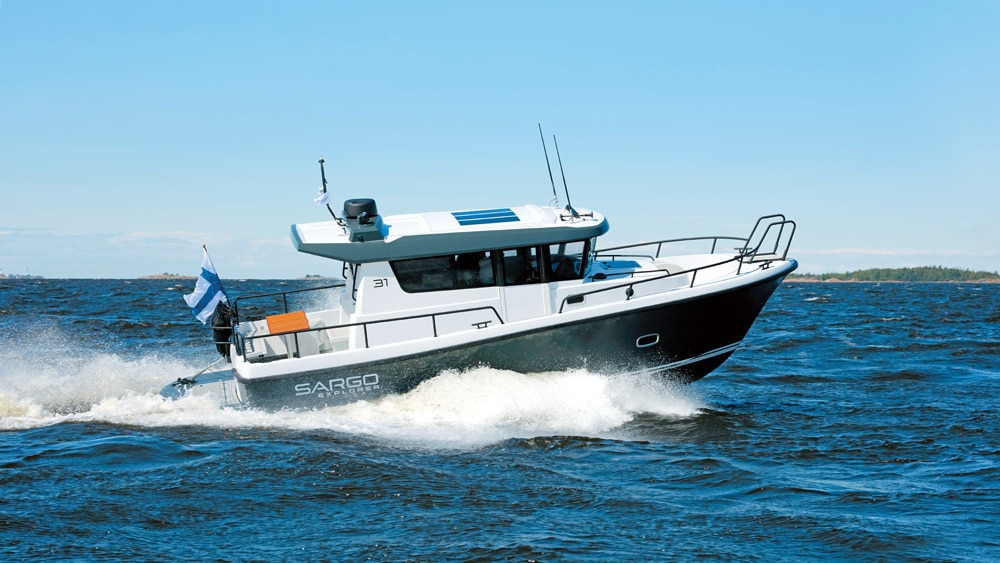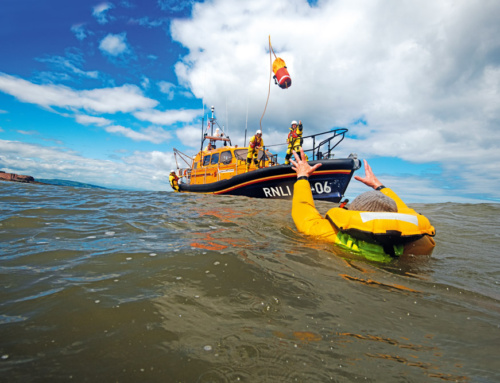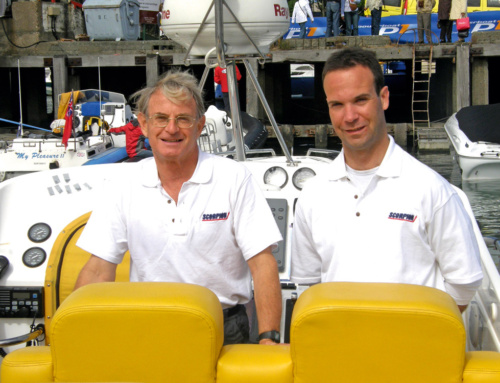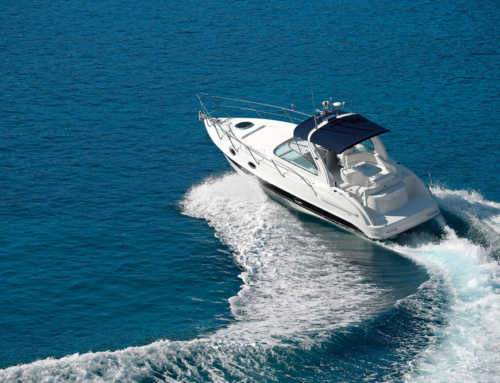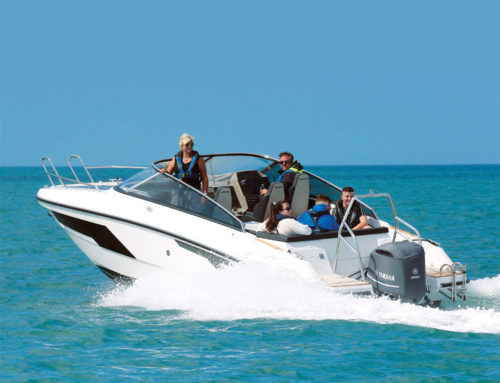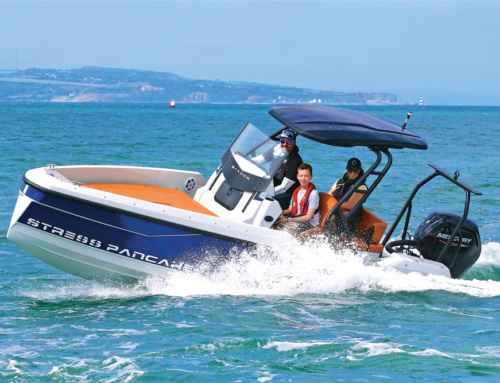HMS asks international maritime expert, Russell Kerslake, to explain first-hand his professional and unbiased opinion on such matters as boat choice, kit selection and advance planning.
Among other professional roles, I have been involved with several team training tasks for specific projects and for foreign agencies, i.e. police, coastguards and naval forces. In such instances, the agency often knows what type of vessel they require, but there have been some, perhaps understandably, who do not know where to turn and require assistance in selecting and procuring their required vessel. Due to my experience of using many different types of vessel throughout my career, I’m often seconded to assist in this area.
But my advice is not always taken. Indeed, there have been two instances of note where, after giving presentations and vessel demonstrations to the client, they decided to make their own decision and, as a result, purchased what they perceived to be the vessel best suited to their needs. On both these occasions it ended badly, with neither of the craft proving fit for purpose. Making such mistakes can be a very costly affair indeed. Hence, I’m engaged as something of an ‘insurance policy’ to protect the client, hopefully, from such an outcome!
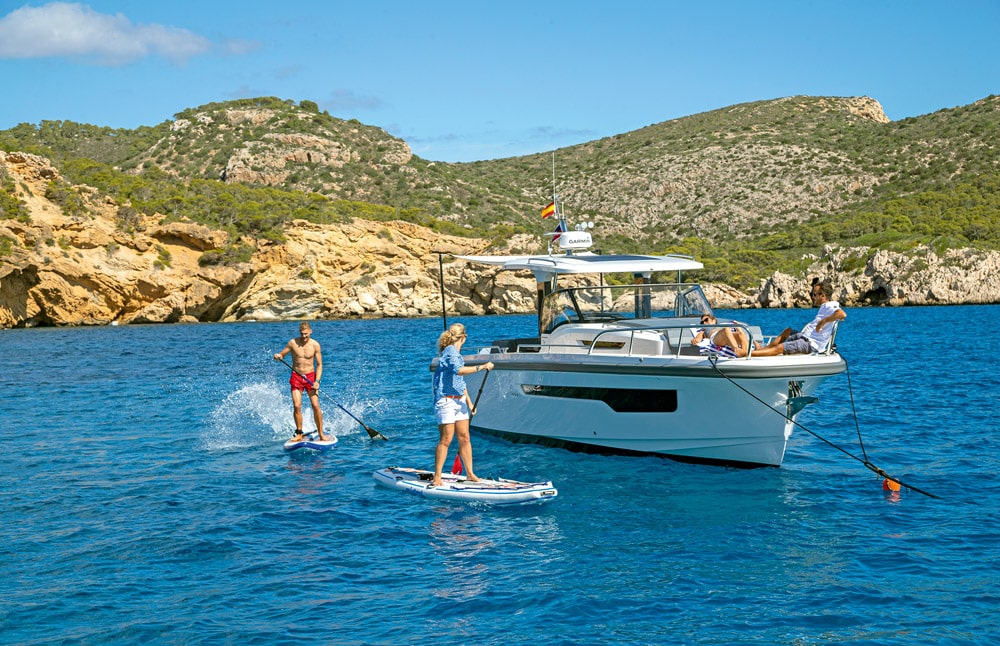
Friends out enjoying the water on their Nimbus T11
The right boat for the job
The first instance involved the 1998 Transatlantic Windsurf Race from St Johns, Canada, to Weymouth here in the UK. In the initial phases of planning, it was decided to go with a BWM Rapier 7.5m inboard diesel RIB. This would have been the ideal craft as it was quick, manoeuvrable and possessed a hull capable of handling the big Atlantic swells. However, the event organiser kept stalling on build dates with the boat manufacturer, and a deal was eventually signed to provide two former Royal Naval, inboard-powered, 6.5m Pacific RIBs instead. Both these craft had seen plenty of action in the hands of their former owners, and the acquisition was subsequently made without my knowledge. Having used this make and design of craft for many years myself, I knew that despite their hardy reputation, these Pacifics were simply not the right tools for the job. One of the vessels, too, was powered by a water jet, which meant it suffered the major disadvantage of not being able to be trimmed. Although the event went ahead and was ultimately successful, it was far from easy, and as a consequence we suffered many issues and problems throughout the process.
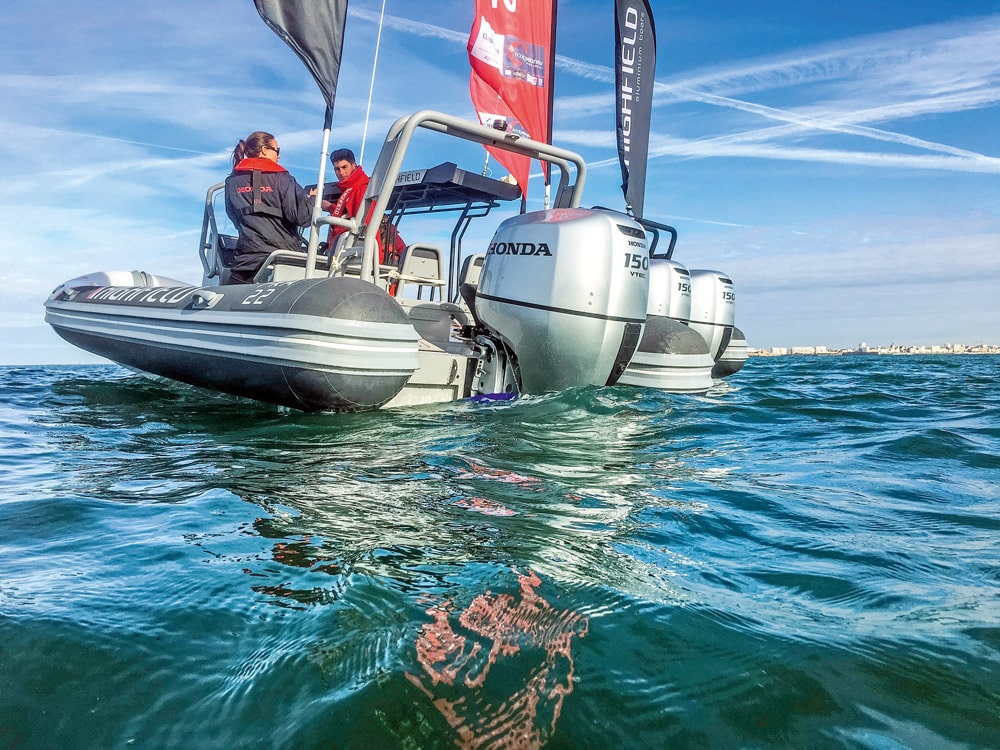
The aluminium hulled Highfield support craft
The sequel to this challenge was going to be a second transatlantic event, but this time each team involved was to have a cabin-type RIB as their own support craft, as opposed to a mother ship being employed to provide safety cover. Once again, the organiser failed to listen to my professional advice, and this time his choice involved the work of a Greek boatbuilder for building the necessary fleet of support craft. The worth of the organiser’s decision and his subsequent selection was made manifest when two of the vessels sank off the Canary Islands and the entire event had to be cancelled! Fortunately, I had already declared my resignation prior to the procurement of the ill-fated craft. But it just goes to show that buying cheap goods invariably isn’t the wisest option, especially when people’s lives are at stake.
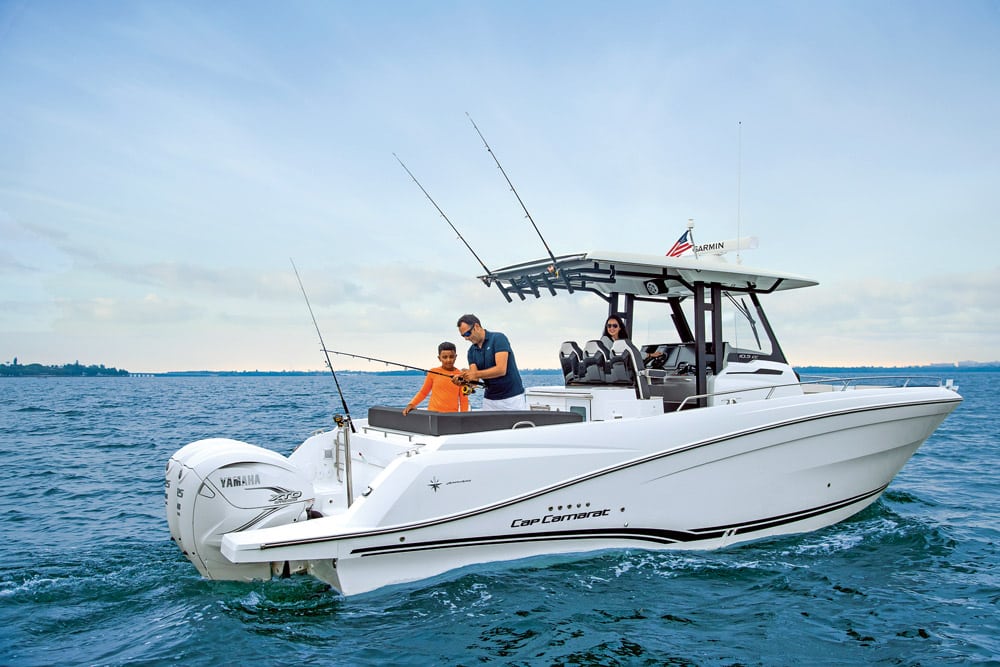
Choose a boat suitable for your chosen pastime – family enjoying fishing from their Cap Camarat.
Another mishap involved a Far Eastern country that wanted to have a maritime counter-terrorist capability, which at the time it didn’t have. Once engaged, I duly put forward my recommended vessel for their consideration, along with the reasons why it would be preferable to the other options available. Subsequently, however, upon flying out to the country concerned for an exercise planning recce, I was told that two new boats were waiting at the dockyard for their pre-acceptance test run and was asked if I would like to take part in these initial sea trials.
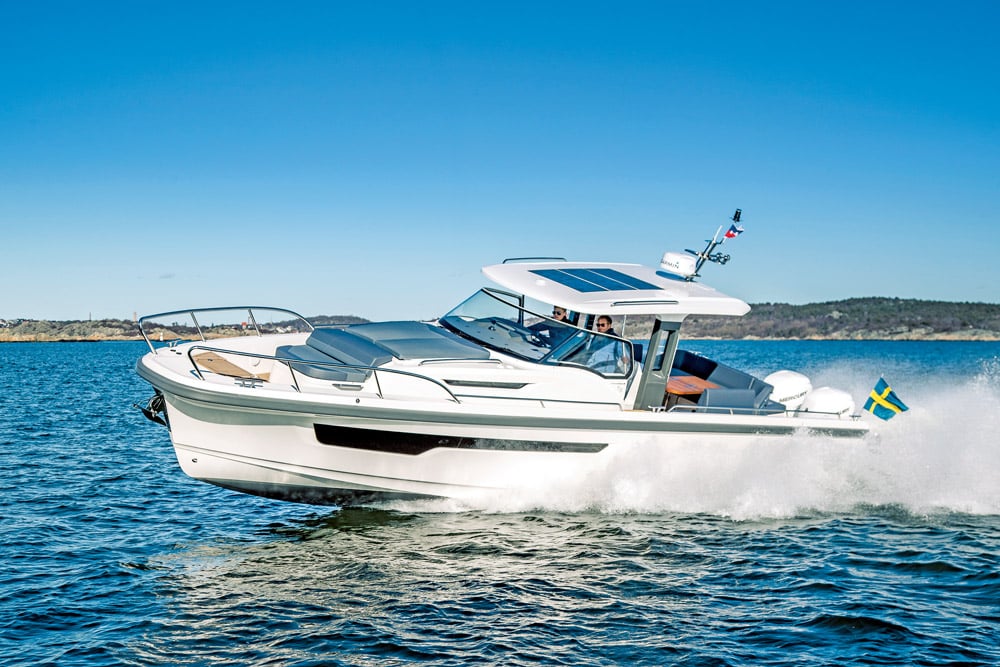
If you want to go offshore adventuring, select a craft with a suitable seaworthy hull
My recommendations had involved a GRP-hulled 8.5m RIB, coupled to twin 250hp outboards, seating for two four-man teams, plus skipper and navigator, and all the correct electronic and communication systems installed at source – essentially, a ready-to-go rig. What they ultimately ordered, however, were six 10m D-fendered aluminium RIBs, each with triple 275hp outboard engines. I reinforced how unstable the client’s choice was, as aluminium would be too noisy when seeking to covertly close an enemy vessel, and that their choice of fendering wouldn’t stay the course. Three weeks into service, only three boats out of the original 10 were still operational. It proved a very expensive mistake on their part and cost their government budget a considerable sum.
Getting it right
In light of the foregoing, my recommendations, or top tips, when it comes to choosing the right boat include the following:
- Make your initial selection or shortlist with a clear idea of the boat’s intended purpose in mind, as well as how many people you wish to carry and what you feel their needs will be in terms of accommodation/seating, etc. By determining the boat’s prime use, be it inshore, offshore, short runs or extended voyaging, etc., this in turn will determine the type of hull you need (deep-vee, medium-vee, semi-displacement, stepped and so forth). Likewise, it will have a bearing on your choice of power: diesel if you’re going to be venturing truly ‘off grid’, perhaps on extended voyages; petrol outboard for performance and the broadest scope of applications; electric for inland, harbour and localised coastal boating, or even hybrid if you want to get sustainably technical!
- Speaking of sustainability, it’s good practice to consider what ‘green’ credentials the boat manufacturer can boast. So ask searching questions to find out whether the matter of sustainability is even on their agenda, and if so, what this includes.
- In terms of the investment you are making, do not overlook the importance of the seller and their related service team throughout the whole process. You need to be comfortable about who you’re dealing with. How sound is their advice? How confident are you that they will look after you once you’ve completed the purchase? Has the company got a good reputation, and are there any online customer reviews that might give you additional insight?
- Never buy without having sea-trialled the boats on your shortlist first, so you can make appropriate comparisons. If necessary, test-drive a boat twice and take notice of your partner’s opinion. Their critique and eye for detail may well be superior to yours.
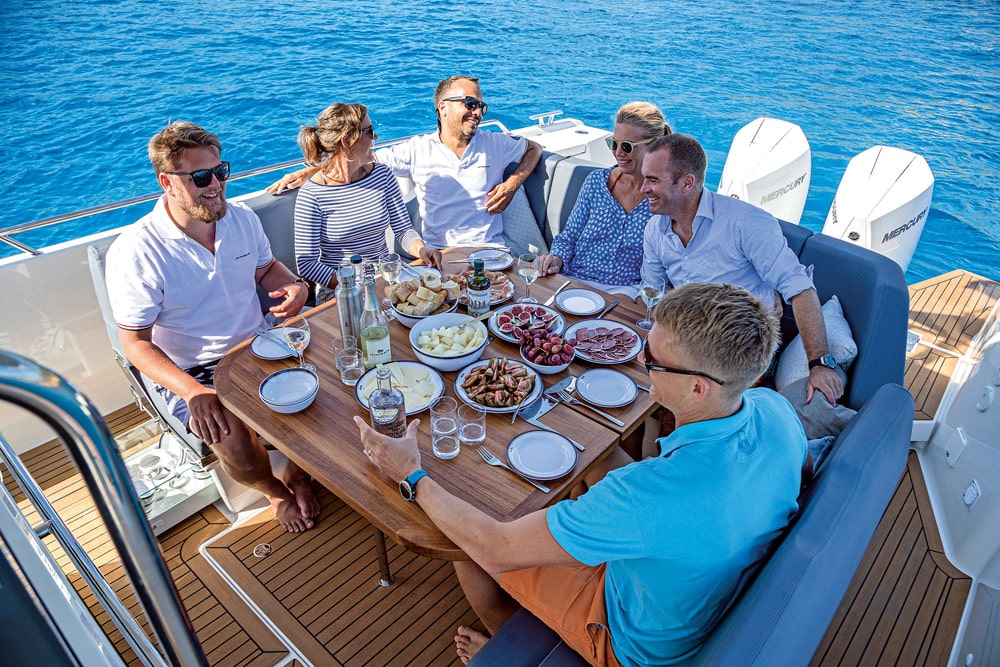
If you want to entertain friends, consider the space and seating options available
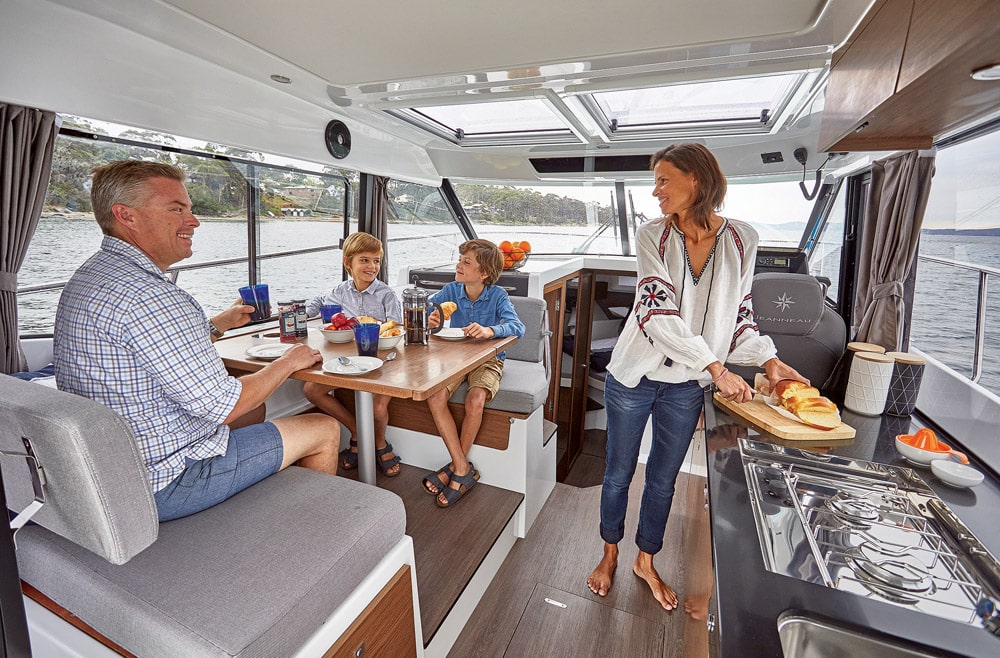
It’s important to think about the needs of your family when choosing the right boat.
The critical kit
Now, on to the matter of selecting and carrying the correct kit and equipment. It’s wise to think in terms of self-reliance when kitting out a boat and assembling your equipment. Think through every scenario and seek to prepare for it in advance. By following this process, your kit and equipment selection will naturally begin to formulate. Of course, every mariner, be they a private enthusiast or a professional maritime entity, usually has a budget they seek to work to. This requires a process of selection based upon need, suitability and price. But remember, safety is paramount, and second-rate kit will always deliver second-rate performance. Try not to compromise, especially when it comes to matters relating to safety.
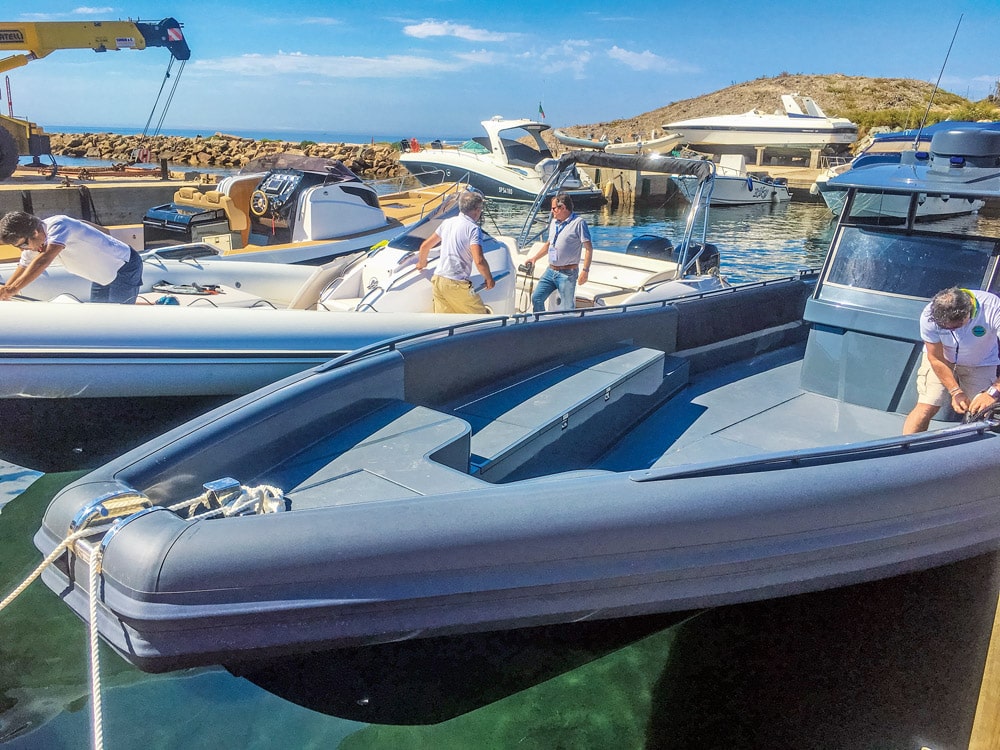
It’s wise to sea trial your short list prior to making a final choice.
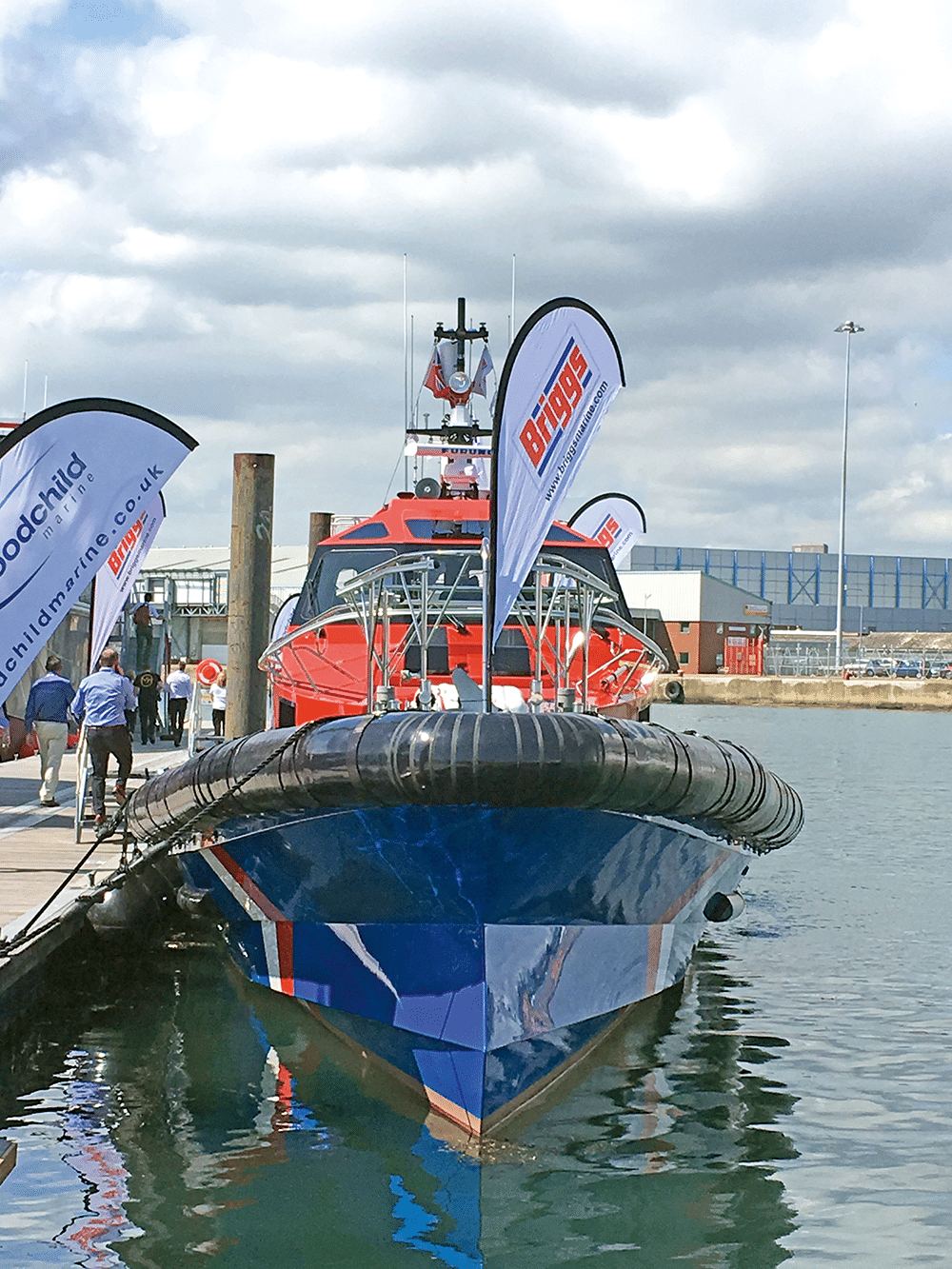
A pilot vessel as shown at the Seawork Show
Sequence of orders
While serving in the Royal Marines, I was taught to use the ‘NATO Sequence of Orders’ (NSO). This constitutes a list of headings and prompts enabling a person to form a ‘plan of battle’ for any likely circumstance or intended operation. Though developed for use in combat scenarios, the principles of the NSO can be applied to all manner of situations. Indeed, I have applied this training throughout my civilian career, and of course, it’s particularly relevant to life on the water.
Thinking through scenarios, preparing yourself, and then, in turn, your crew, increases everyone’s safety by a huge margin. How often in life have you suffered some kind of accident through simply rushing something without giving it due care and thought first? I think we’ve all been guilty of this. It happens, and in so many instances we learn by our mistakes. The trouble is, at sea, making one mistake can lead to an escalation of events that can culminate in a life-threatening disaster.
With this in mind, and by way of some unrelated examples, think of the potential for disaster a fuel transfer operation has if carelessness creeps in, or not every detail of it is meticulously given due attention. The terrible events that led to the infamous and tragic loss of the Union Star coaster and Solomon Browne lifeboat 42 years ago simply began with seawater entering the fuel tank breathers on the coaster’s weather side. Such an apparently small issue led to a cascade of events that ultimately claimed the lives of 16 people.
Sometimes it’s good to play through situations in your head, and even if they do take you to a dark place, it’s better to experience that unwanted scenario in your mind than to be faced with the reality. If you are at a loss to know where to begin, consider the consequences of wearing the wrong type of life-saving garment in a wheelhouse or cabin amid a capsize scenario and the subsequent trapping of the occupant(s) in the upturned boat’s flooding interior – perhaps rushing to let off a rocket flare and, in your panic, firing at yourself rather than away from your person. (Yes, it has happened, and the consequences are more horrific than you could imagine.) What about the bitter end of a trailing line that works its way through your RIB’s elephant trunk scupper, only to snag the propeller just as you’re crossing the path of a large ship or while negotiating the breaking seas of a bar. Or maybe just simply forgetting to connect your kill cord.
As good as it is to have a battle plan to extract yourself from tight situations, it’s just as important to determine, in advance, what you can do to actively avoid them altogether.
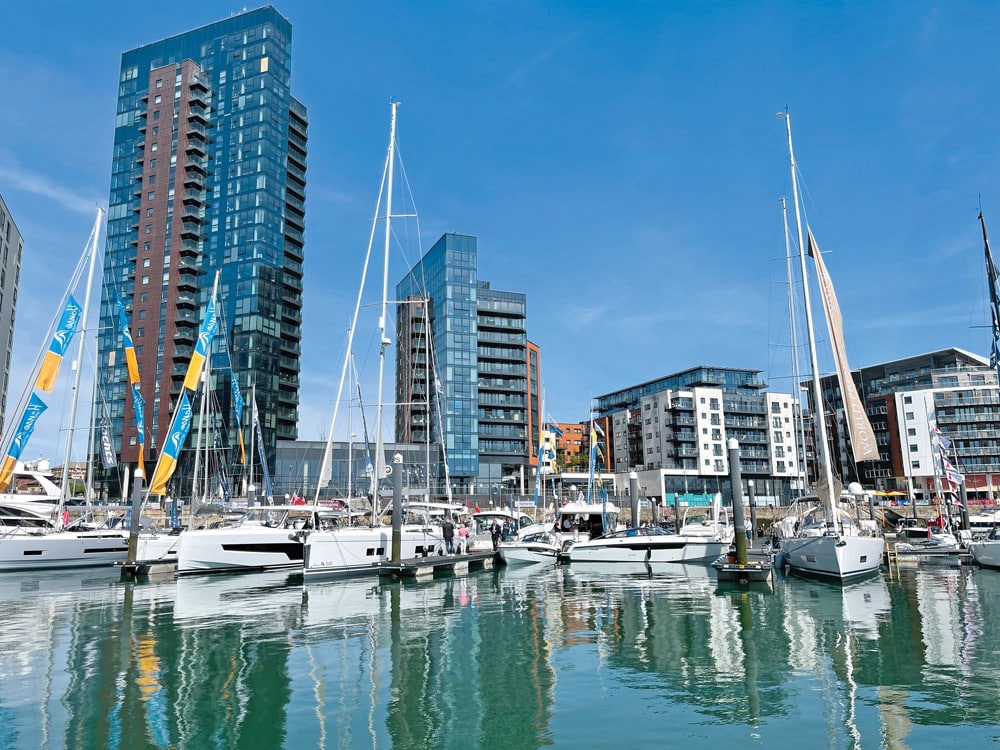
Boat shows are an ideal opportunity to compare craft
In conclusion
I guess we could sum up much of what we’ve discussed by saying it’s prudent to be, as far as human limitations allow, wise before the event. Think before you act, and allow yourself ‘brain time’ whenever and wherever circumstances allow. Remember the value of thinking through scenarios. When it comes to your kit and equipment, assemble this with care and be led by safety at all times. Make sure, too, that you know how to use these assets and, where necessary, brief your family or crew on their use, even if it’s to a basic level. And lastly, when selecting and purchasing a boat, do your advance research, seek the opinions of others, base your choice on the type of use you’re going to be putting the boat to and never buy before you try.
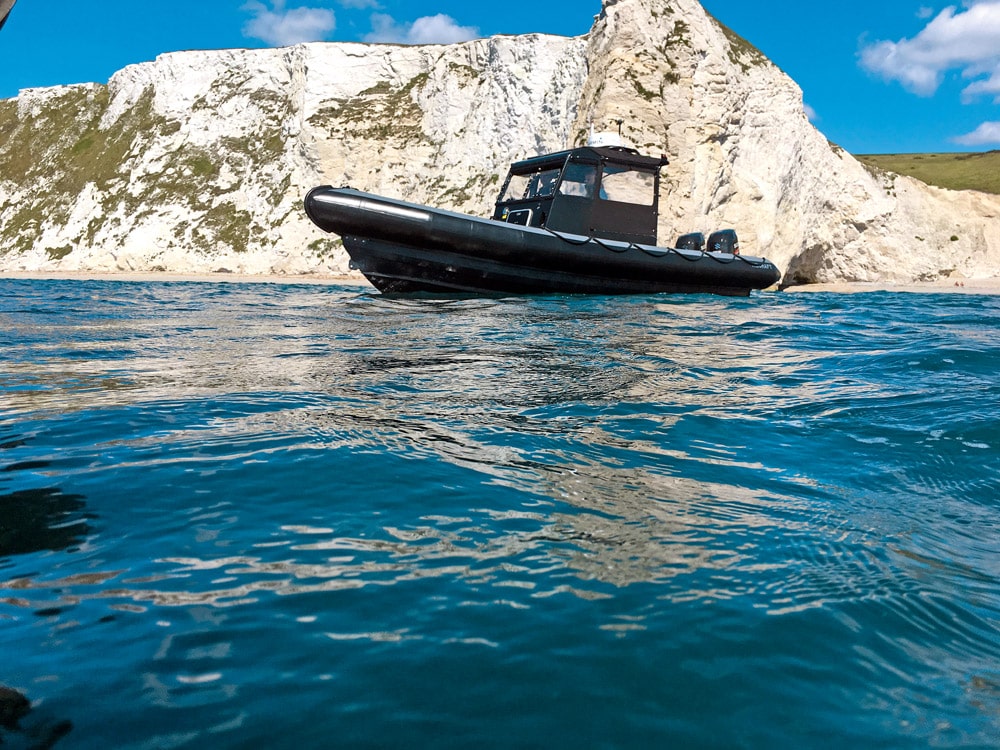
The Ribcraft has been a popular choice for the Dorset Police for many years
Trainer of the professionals
Russell Kerslake spent a career in the Royal Marines, a job that took him all over the world and in all types of conditions. He ultimately became the Sergeant Major of the UKSF RIB Team. On leaving the Royal Marines, he set up and ran many different training packages for foreign police forces, foreign naval forces and other marine agencies. He has been the safety officer at many marine events too, including the Transatlantic Windsurf Race, and, in addition, the chief test driver/coxswain for Gibbs high-speed amphibious vehicles. He is a commercially endorsed RYA/MCA Yachtmaster and Advanced Powerboat Coxswain and a powerboat instructor.

